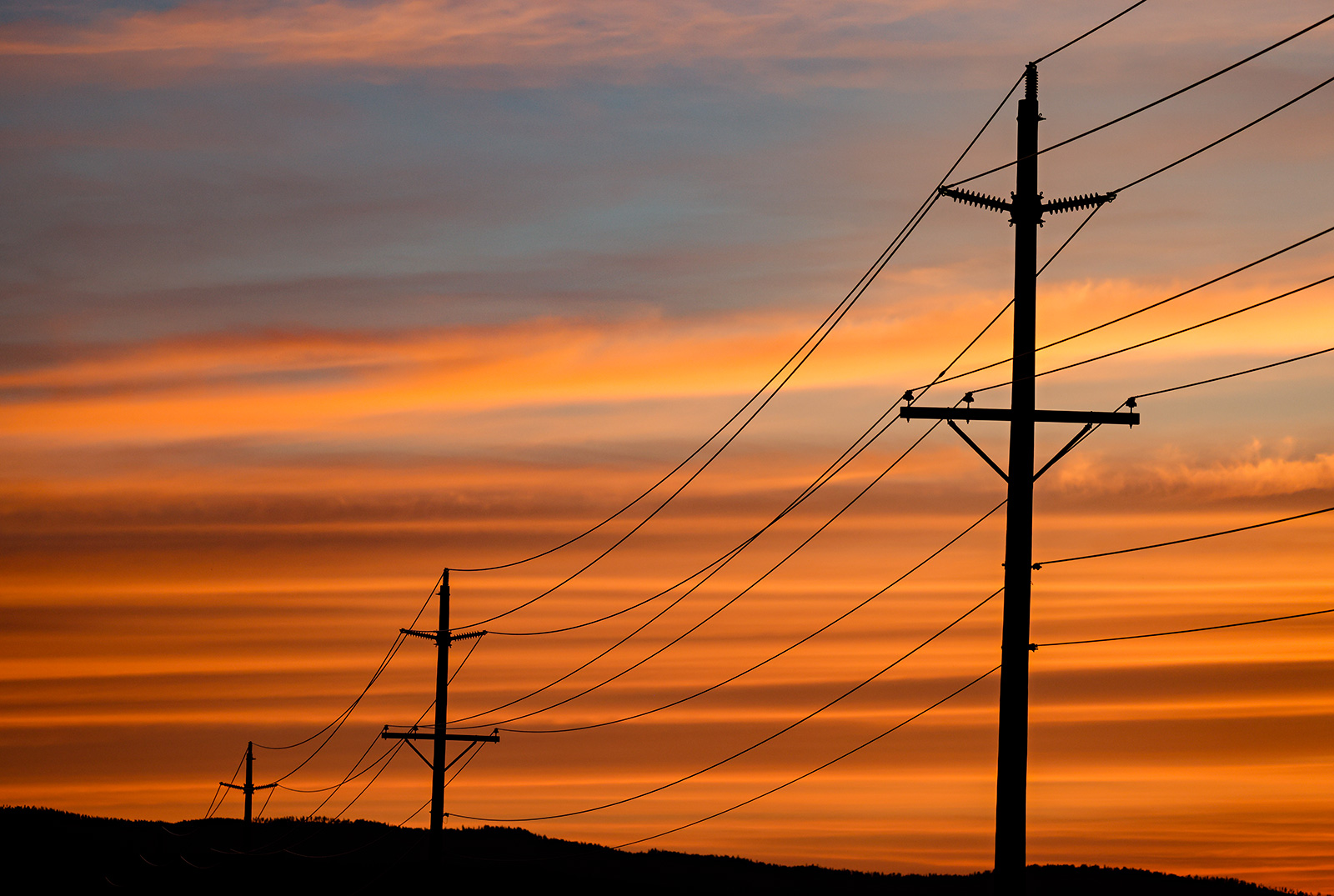Montana’s Growth Could Outpace Electrical Supply
Economists say if power providers don’t build more electrical infrastructure in the coming years, the state could become a net importer of electricity – which would drive up customer prices
By Maggie Dresser
As a state that has historically exported electricity, economists with the University of Montana’s Bureau of Business and Economic Research (BBER) say Montana could become an importer in the future if electrical infrastructure doesn’t keep up with demand.
“The trend is getting closer and closer towards neutrality,” BBER Executive Director Pat Barkey said at a mid-year economic update in Kalispell on Aug. 3.
While Montana produces a surplus of electricity, Barkey said the plans for infrastructure growth might not keep pace with the demand for power in the years to come as the population continues to increase.
Electricity generated by Montana’s power plants is decreasing while there’s been little effort to build utility-scale generation, according to the U.S. Energy Information Administration (EIA).
According to proposed building plans in 2020, providers in Montana only planned to build about 50 new miles of transmission lines compared to Idaho, which has conceptual plans to build more than 1,000 miles of new lines.
“There’s still fairly modest additions to new generation,” Barkey said.
Independent power producers (IPP) sometimes supplement larger entities like NorthWestern Energy to add new capacity, but proposals often fail. A total of 75% of proposals were withdrawn in 2021, according EIA data.
Additionally, more coal-fired power plants in Montana are expected to retire in the next two decades.
Barkey said that while Montana’s electrical grid is functioning sufficiently as an exporter for now, the state could be forced to turn to the market to buy electricity in the future, which is more than twice the price compared to two years ago.

“Montana is cheaper than most other states in the region,” Barkey said. “In fact, it has been for quite a long time.”
While Montana has experienced relatively stable power prices, Barkey said the state could face volatile prices if it becomes an importer – especially during peak demand in the cold winter months.
With a diverse network of generators, transmission lines and power sources like hydro, coal, wind and solar, Barkey describes Montana’s 38 providers and infrastructure as a “crazy quilt of systems.”
Some electrical entities serve fewer than 1,000 customers, but NorthWestern Energy provides the widest customer base, serving power to roughly 375,000 households. Flathead Electrical Cooperative (FEC) ranks second with about 60,000 customers – serving much of northwest Montana. All other providers serve fewer than 25,000 households.
On average, Montana customers experience about 1.2 power outages per year that last about 200 minutes, which the EIA describes as more frequent but shorter power disruptions compared to other states in the same region.
But if the state’s growth outpaces the electrical grid’s infrastructure, Barkey said customers will see a degradation in power quality, rolling blackouts or component failures.
Northwest Montana is primarily reliant on hydropower, with dams in Bigfork, Hungry Horse, Libby and the Seli’š Ksanka Qlispe’ Dam on the Flathead Indian Reservation.
Multiple factors like drought, cyber-attacks and wildfires also threaten Montana’s electrical grid, Barkey said, and while drought continues to worsen in the state, wildfires also put transmission lines at risk.
“We can take action and steps to mitigate a lot of these risks, but action and steps are needed,” Barkey said.